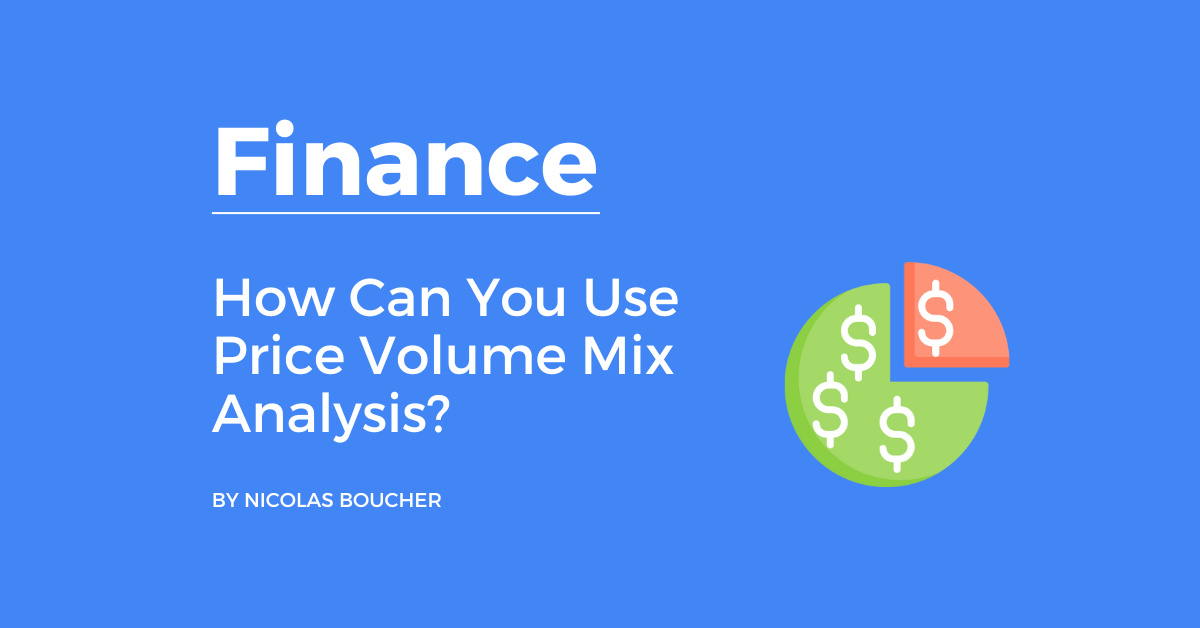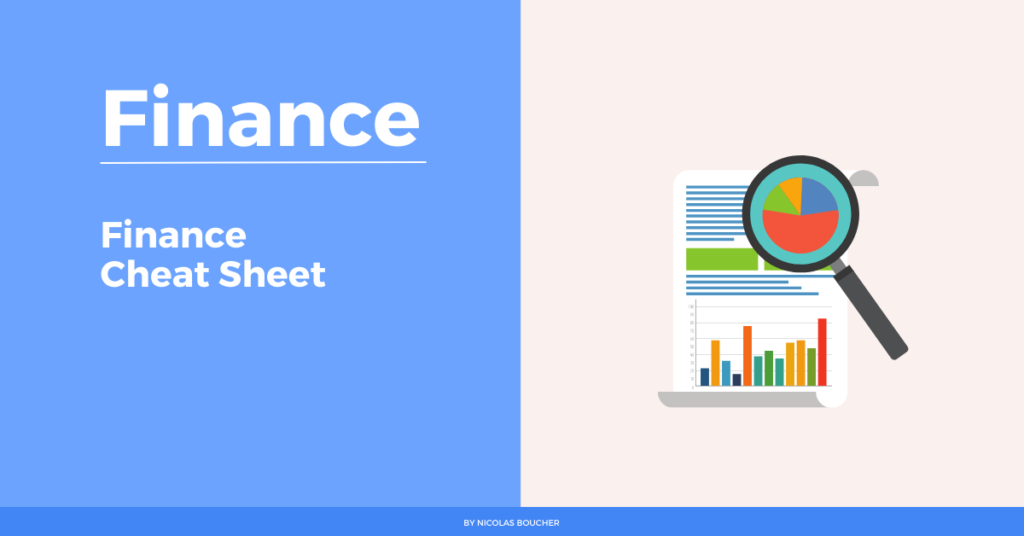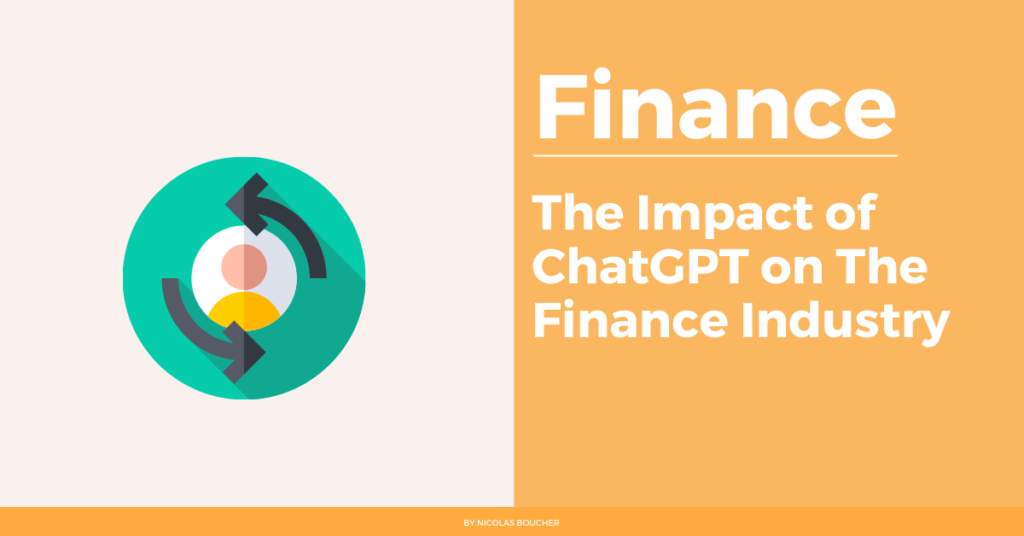Firstly, if you work in Finance, you must know how to use Price Volume Mix analysis. As a result, I created this free guide for you.
However, it’s ideal if you have an FP&A role and are working with management and other departments. Also this guide can also help accountants who want to move to FP&A. Moreover, once you have identified variances in your PVM analysis, it explains what to do.
Table of Contents
What Is Price Volume Mix Analysis?
PVM analysis enables you to break down changes in revenue or margins into their constituent elements. Furthermore, the created report displays the discrepancies between expected and actual sales along with the three key elements that may be causing them. Therefore the three elements are price effect, volume effect, and mix effect.
In short, here are the definitions of the three elements.
- Price effect: Effect price-keeping quantity constants
- Volume effect: Selling more products, even at the same mix and price, will increase sales
- Mix effect: Even keeping total quantities and prices the same, sales can increase if we sell a higher proportion of expensive products

Examples of Situations in PVM and What to Do?
For example, here are some situations that can occur and what should be your move.
You Detect An Increase in Volume with a Negative Mix Effect
What to do? Check if the changes in volume are really aligned with the product portfolio strategy. Then, detect why you decide to sell more of the cheaper products.
You detect an unusual business event
What to do? Investigate business events and take corrective measures.
You identify product cannibalism
What to do? Review product portfolio strategy and prioritize.
You have variances coming from new and discontinued products
What to do? Revalidate business case assumptions.
You see variances coming from price changes
What to do? First, validate prices. Then, perform elasticity & sensitivity analysis to choose the best price and supply chain combination.
Variances come from discount effects
What to do? Verify impact on profit and revise your discount strategy if the use and results are not aligned with goals of the organization.
You have exchange rate impact
What to do? Check for hedging strategies if the effect is significant.
You see a correlation between Volume and Mix
What to do? Check if the changes in volume and the impact on the mix are aligned with the sales strategy.
Conclusion
To sum up, business executives must use a robust PVM analysis to effectively assess their sales model and make changes where necessary. Moreover, to improve decision-making and drive revenue growth, analytics are necessary to have an impact on overall profitability.
Also, here is a quick recap of the material

In addition, this is how I see the value of Finance:
- You have results from your analysis.
- You identify what the causes are.
- You communicate with your business partners and identify the next course of action.
Finally, if you like this article, you will love my course. The PVM analysis is one of the methods I am teaching in my course. Join the 200 other students who decided to use my 14 years of experience to accelerate their careers!










